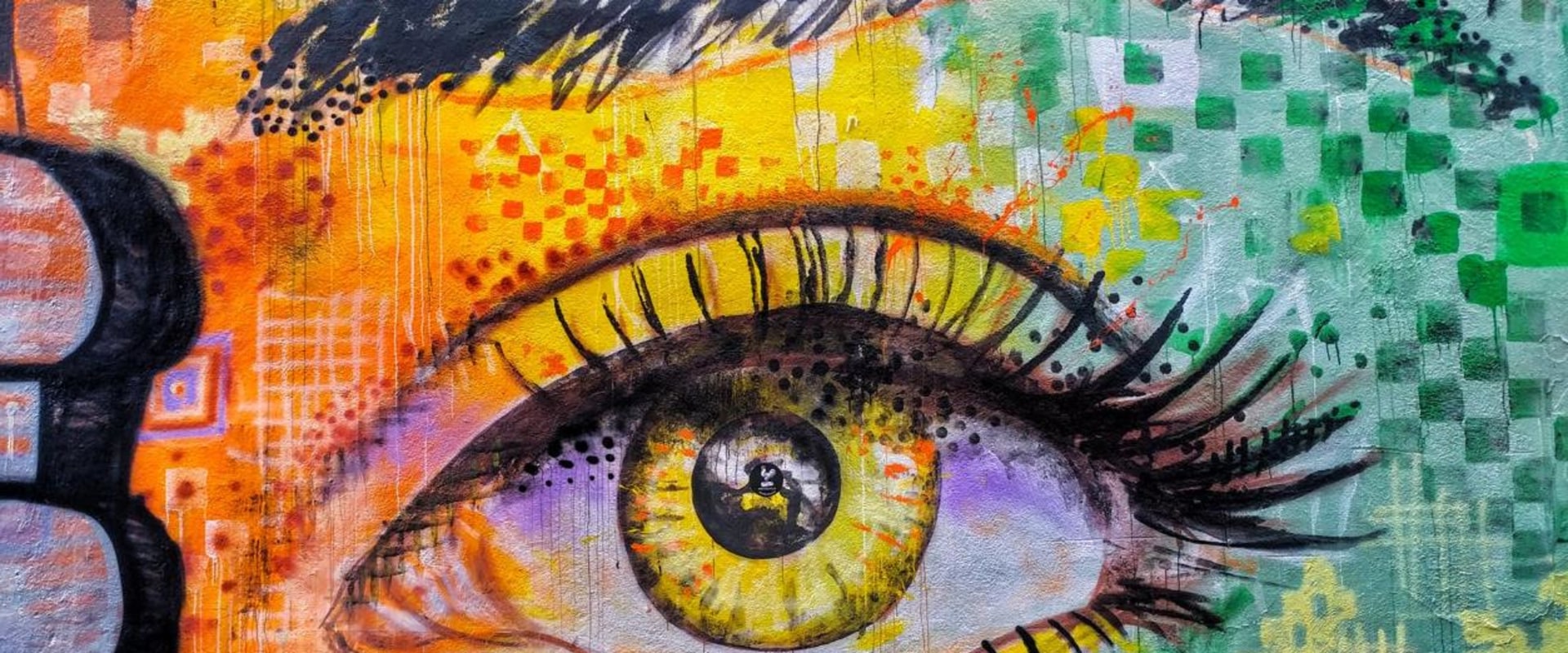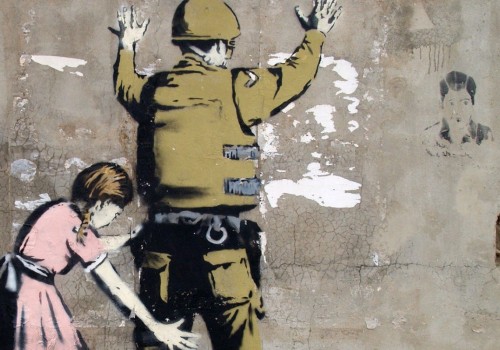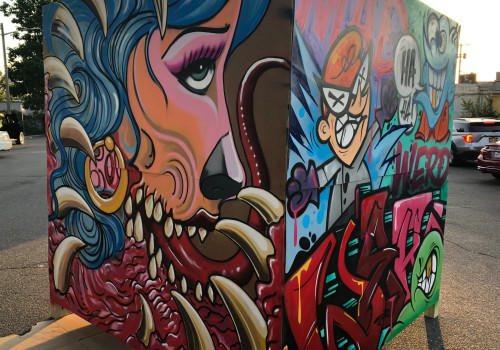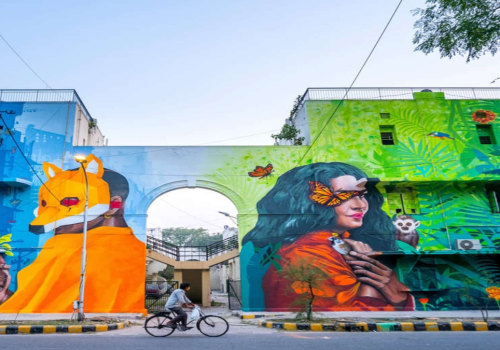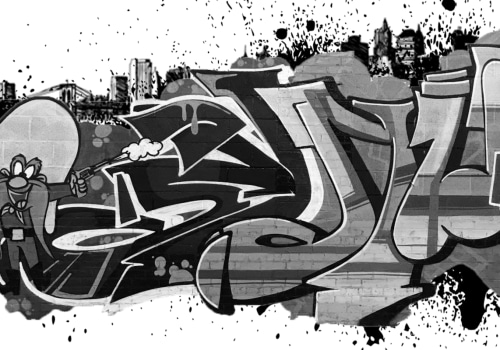Graffiti is not about pleasing or connecting with the masses besides its function as an internal language, but rather it is, to a large extent, a means of self-expression. On the contrary, street art is created with a specific audience in mind, especially when commissioned by companies, local organizations or municipal officials. There are several differences between graffiti and street art, including the naming of styles, materials, legality and public perception. There is a common perception that graffiti is illegal and annoying, while street art is commissioned or welcomed.
Perhaps what most separates street art from graffiti is public perception and opinion. Street art is often welcomed and encouraged as a way to beautify a neighborhood, while the perception of graffiti is quite the opposite. Street art is image-based and created with permission, while graffiti is based on words and is illegal. The purpose of street art is primarily beautification, while graffiti is often associated with disfiguring public property and marking territory.
Graffiti is usually word-based art, and street art is more commonly based on images. There are a million reasons why graffiti exists and many others for street art. Graffiti is generally created without permission and is considered a form of vandalism, but street art can also be created with permission or on request. Graffiti culture permeates rivalry among writers, but street artists encourage other street artists and respect and admire their work.
Murals have been around since the Renaissance, and the term mural is often used interchangeably with street art. In addition, people tend to have a negative perception of graffiti, since they associate it with gangs, vandalism and violence, but street art has a more positive perception than graffiti. In this sense, graffiti predates street art and many street artists are inspired by graffiti. Some street artists, such as Banksy, may use a pseudonym, but many other street artists use their real names and promote their work commercially.
While graffiti writing works like code for other writers, street art has more to do with communicating with the general public. Unlike graffiti, street artists can create art with permission (from the building's owners) and even through commissions. Street art can be used interchangeably with the terms “independent art”, “post-graffiti”, “neografiti” and “guerrilla art”. In other words, graffiti usually has a few letters, while street arts have a wider range of visual elements and are often similar to traditional murals.
Street art and graffiti are a way for artists to communicate with ordinary people on socially relevant topics and also to criticize the society in which they find themselves. Regions teeming with street art become an attraction for tourists and visitors, so artists are often asked to bring together these works of art. Pastes and multimedia elements are gaining popularity; the use of stencils, vinyl or eggshell stickers, clay, markers, fabrics, wool and textiles are now used in street art and graffiti. For example, if a building owner wants a street art-style mural on one side of his building, he'll look for a qualified artist to complete the painting.
While street art is generally considered legal because artists are generally hired, allowed, or given permission to complete their work. The associations between street art and graffiti have to do with location, political and social commentary, and the materials used. .
